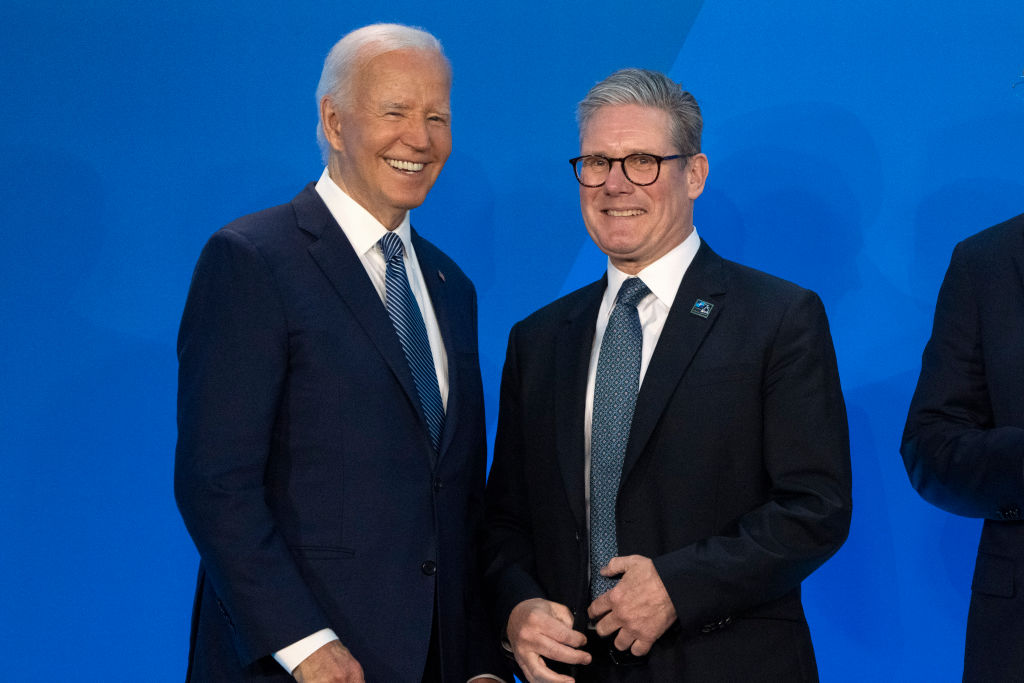Following the rise of right-wing populism throughout the 2010s and the challenges of the COVID-19 pandemic, center-left political parties sought to reinvent themselves under a new interventionist economic agenda. Often dubbed “supply-side progressivism,” this approach includes a stronger state role in directing economic development, investing in infrastructure, promoting a green transition, and improving living standards for communities left behind by globalization.
This model was most clearly demonstrated by the Biden administration’s early legislative successes. Its COVID stimulus, infrastructure investments, and industrial policy measures seemingly flouted key tenets of the neoliberal policy consensus on “free” markets and pointed to a new model of state-led economic transformation. Center-left governments around the world, especially in the Anglosphere — from Keir Starmer’s Labour in the UK to Anthony Albanese’s Labor government in Australia — soon embraced similar strategies. By the early 2020s, it appeared that center-left politics had moved beyond the electoral defeats and austere policy agendas of the 2010s.
Yet alongside the recent return of inflation and rising interest rates, the center-left project has suffered several major setbacks. For example, Kamala Harris suffered a heavy defeat to Donald Trump after failing to articulate a compelling economic message or distance herself from Joe Biden’s disastrous foreign policy record in Gaza. In the UK, Starmer’s Labour government has become deeply unpopular after abandoning many of its initial social, economic, and climate proposals and failing to halt the UK’s spiraling economic decline.
To understand why the center left’s seemingly transformative new economic…
Auteur: Dillon Wamsley

